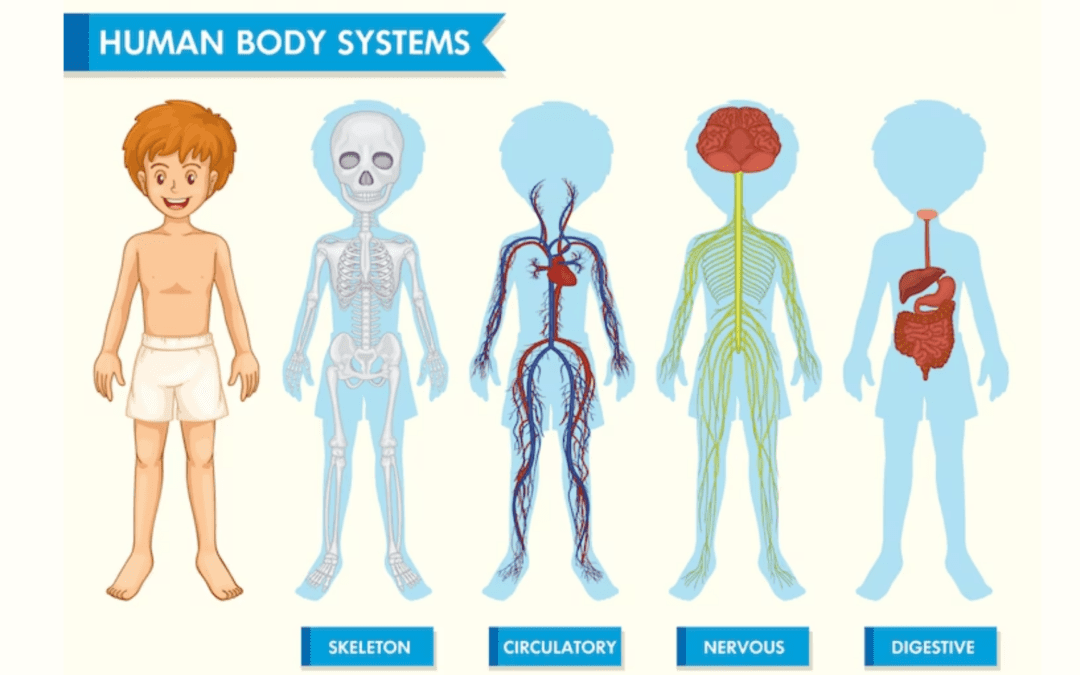Part 1 of series
As a parent or teacher, finding creative and engaging ways to promote a love for science in children is essential. Simple science experiments can be an excellent way to introduce children to the subject and spark their curiosity. In this blog series, we’ll explore 20 simple science experiments that are easy to conduct at home or in the classroom.
Let’s start with chemical reactions!
Experiment 1: Baking Soda and Vinegar Volcano: Children can learn about chemical reactions and the properties of acids and bases. All you need is baking soda, vinegar, and a container. Add the baking soda to the container, pour vinegar on top, and watch the chemical reaction create a “volcano” of fizzing bubbles.
Experiment 2: Invisible Ink: This experiment requires only a lemon, water, and paper. Squeeze the lemon juice into a bowl, add water, dip a paintbrush into the mixture, and write a secret message on paper. The message will be invisible until you hold the paper over a light bulb or a flame, and the heat will make the message appear.

Experiment 3: Color Changing Milk: This experiment teaches children about surface tension and chemical reactions. Fill a shallow dish with milk, add a few drops of food colouring, and add a drop of dish soap. Watch as the colours swirl and mix because the soap breaks the surface tension.
Experiment 4: DIY Lava Lamp: A homemade lava lamp is a fun way to teach children about density and chemical reactions. Fill a clear bottle with water, add oil, and a few drops of food colouring. Then, add an Alka-Seltzer tablet, and watch the colourful bubbles rise and fall.
Experiment 5: Dancing Raisins: Children can learn about carbon dioxide and density with this experiment. Fill a glass with soda, drop in a few raisins, and watch them dance up and down due to the release of carbon dioxide bubbles.
Don’t miss out on the next set of 5 fun and educational science experiments in our blog series! Visit our site and continue to promote a love for science in children.




















